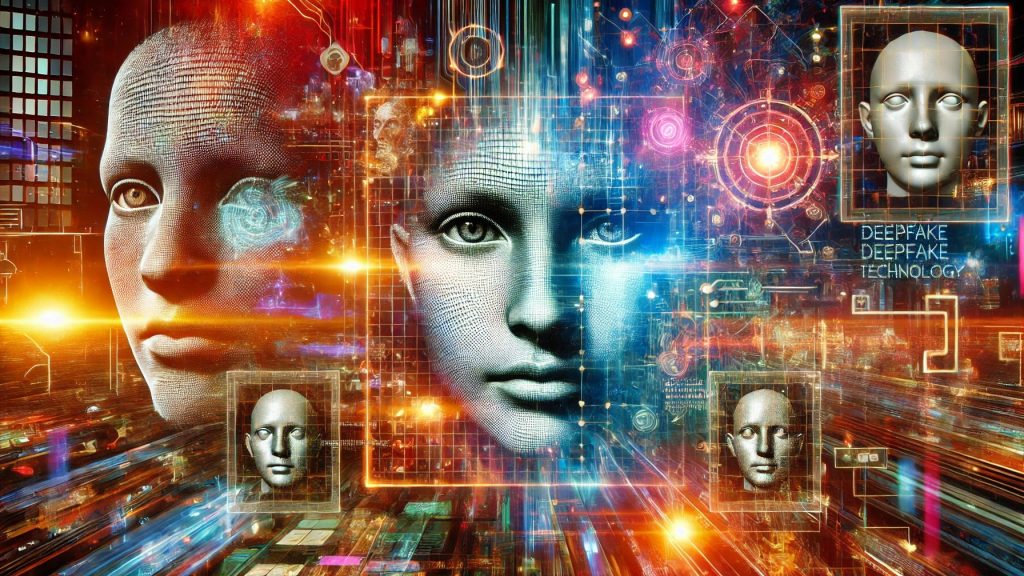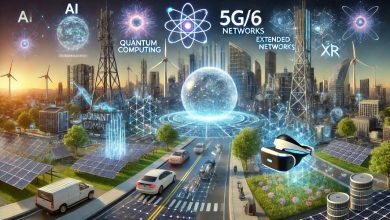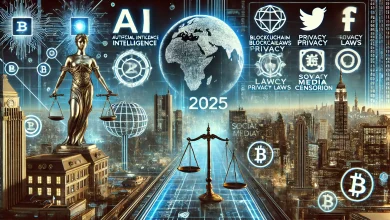The Rise of Deepfake Technology: How to Spot Fake Videos and Images
Exploring the emergence of deepfake technology and methods, for identifying videos and images.
Lately the advancement of deepfake technology has come about as a tool of producing and altering ultra authentic counterfeit videos and images. Although it presents opportunities, for expression it has also sparked significant worries regarding the proliferation of false information as well as issues related to security and privacy. In this piece we will delve into the ascent of deepfake technology its applications and methods, for identifying videos and images.
What is deepfake technology?
Deepfake technology employs intelligence (AI) along, with machine learning algorithms to produce videos and images that replicate real life scenarios involving individuals or objects. The term “deepfake” is a combination of the words “deep learning” and “fake.” It is typically used to mislead viewers by altering faces, changing voices, or creating entirely new faces.

Use of deepfake technology
While deepfake technology can be used for nefarious purposes, it also has positive potential in various sectors:
- Entertainment and Film : Deepfake technology is commonly employed in the entertainment industry to produce visual effects or alter the appearance of actors by making their age younger or bringing back deceased actors to the screen.
- Education and Training : Recreating events, in settings can provide students, with interesting opportunities to delve into and understand the past more effectively.
- Advertising : Some companies utilize deepfake technology to craft captivating advertisements featuring actors.
- Gaming : In the realm of gaming enthusiasts often experiment with deepfake technology to enhance gameplay and make it more captivating and engaging.
The risks of deepfakes
Despite its positive aspects, deepfake technology can pose significant risks to society:
- Disinformation : Deepfake videos can spread false news and misinformation. They can create false events that appear credible, which can lead to confusion or intentional influence in the public mind.
- Privacy Violation : It is possible to humiliate or blackmail someone by using deepfakes to put their face in offensive or indecent videos.
- Security Threats : Deepfakes can be used to launch cyberattacks, especially by impersonating leaders, celebrities, or politicians. This can pose serious problems such as national security or financial fraud.
How to identify fake videos and images
Identifying a deepfake can be difficult, but a few signs and methods can help you:
Abnormal facial movements : Deepfake videos often have trouble perfectly mimicking natural facial expressions. Abnormalities in eye blinking, lip and eye movements can be a deepfake.
Light and shadow mismatch : Sometimes deepfakes can’t accurately represent the lighting conditions of a scene. If the shadow of someone’s face or body doesn’t match the surrounding environment, it’s likely to be faked.
Artifacts or distortion : Deepfake videos might display pixelated or fuzzy areas surrounding faces or hair which can serve as indicators of videos.
Inconsistent audio : Deepfake technology is also capable of changing voices; however it may not precisely replicate the individuals tone or enunciation perfectly. If the audio appears unusual or does not synchronize with the lip movements accurately it is advisable to conduct examination.
Reverse Image Search : If you have doubts, about a picture or videos authenticity you can try using tools, like Google Images or TinEye for an image search to see whether the content has been shared before or altered in any way.
Metadata check : Make sure to review the metadata of the image or video file for any edits; this could suggest that it’s a deepfake.
AI-based detection tools : There are tools powered by AI such, as Deepware Scanner or Microsofts Video Authenticator that can identify deepfake content.
How to keep yourself safe
- Be skeptical : Think critically about the origin of any video or image that seems dramatic or emotionally intense before you consider it trustworthy enough to share with others always relying on sources, for verification first.
- Stay updated : Make sure you’re keeping track of the advancements, in AI and deepfake technology as they progress over time.The methods, for detecting these technologies are getting better too as technology continues to evolve.
- Use verification tools : Make sure to double check the information before you share it by using tools that detect deepfakes and checking facts, on websites or browser extensions.
Conclusion
Deepfake technology has the capability to revolutionize sectors; however it brings about concerns regarding privacy infringement and misinformation spread that jeopardize security and truthfulness alike. It is crucial for individuals to stay alert and develop the ability to discern fabricated videos and images as technology progresses further. By spreading awareness and utilizing detection resources effectively we can safeguard ourselves against the escalating risks posed by deepfakes and strive to consume information whenever possible.






